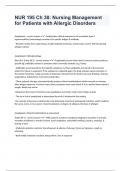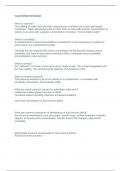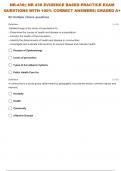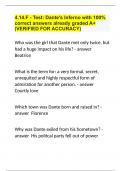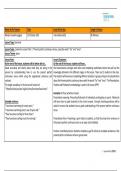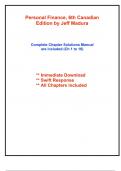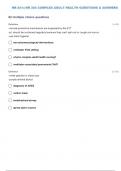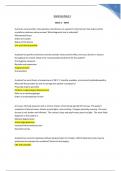Tentamen (uitwerkingen)
NUR 195 Ch 38: Nursing Management for Patients with Allergic Disorders questions n answers
- Instelling
- Hondros College School Of Nursing
NUR 195 Ch 38: Nursing Management for Patients with Allergic Disorders questions n answers
[Meer zien]
